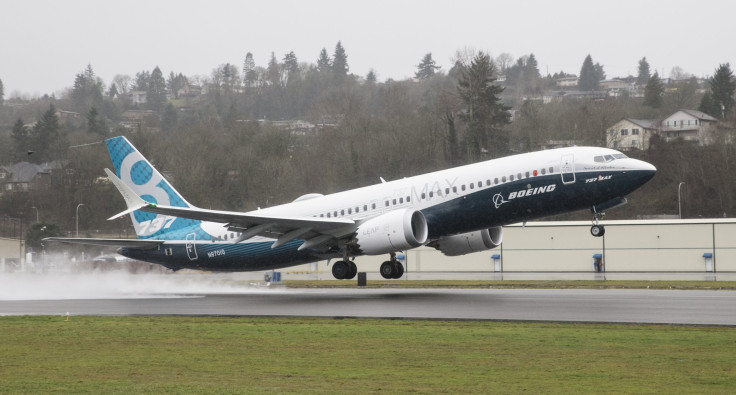Ethiopian Airlines Releases Preliminary Report On Boeing 737 MAX Crash

Ethiopia has released the preliminary report of the March 10 crash of Ethiopian Airlines that involved Boeing 737 Max 8 aircraft.
It urged Boeing to review the controllability issue of the aircraft and asked authorities to vet the flight control system of the plane manufacturer.
Ethiopian Transport Minister Dagmawit Moges unveiled the preliminary report on Thursday and ruled out any lapses on the part of the pilots and insisted they followed all flight procedures.
That negates suggestions by Boeing and the U.S. Federal Aviation Authority (FAA) that the crash was avoidable had the pilots followed established safety procedures.
Ethiopia’s report underscored that despite the pilots following all procedures the aircraft went out of control hinting issues with the flight control mechanisms.
Noting that the plane was “airworthy” during take-off and was normal, the minister said the crew “performed all the procedures provided by the manufacturer but was not able to control the aircraft.”
Moges made clear that Ethiopia’s investigation of the crash was not to pin blame but an exercise to ensure air safety. The minister said a final report is expected within a year.
Boeing urged to relook control systems in 737 Max 8
The preliminary report categorically urged Boeing to relook its aircraft control systems in 737 Max 8 before returning the aircraft to operators.
It wanted authorities to endorse the flight control system prior to handing over the aircraft back to airlines.
The preliminary statement said, “despite their (pilots) hard work and full compliance with the emergency procedures, it was unfortunate that they could not recover the airplane from the persistence of nose diving.”
Similarities with Indonesia’s Lion Air crash
The report’s findings and appeal to Boeing to review the flight control systems bolstered the underlying similarities with the crash of Indonesia’s Lion Air 737 Max plane in October 2018 that killed 189 people.
The Ethiopian minister said the Ethiopian Airlines Flight 302 experienced “repetitive uncommented aircraft nose-down conditions” prior to the crash.
Similar problems with the automated system known as MCAS had been reported in the early report on Indonesia’s Lion Air crash in October.
The report from Indonesia also described the pilots’ struggle with MCAS as aircraft’s nose started sliding downward and eventually plunged into the ocean.
The Indonesian report also mentioned the plane’s “automatic AND (aircraft nose down) trim active followed by flight crew commanded ANU (aircraft nose up) trim” having continued for the remainder of the flight.
FAA assures Joint Authorities Technical review
Responding to the report, FAA issued a statement noting that it will continue to work with the Ethiopian Civil Aviation Authority (ECAA) “towards a full understanding of all aspects of the accident.”
On Wednesday, the FAA updated that it was working with NASA and international aviation regulators to set up a joint task force to review Boeing’s fix for its 737 Max jets.
The Joint Authorities Technical Review team will look at Boeing’s automated flight control system, on which the needle of suspicion hinges for the recent crashes.
© Copyright IBTimes 2024. All rights reserved.





















